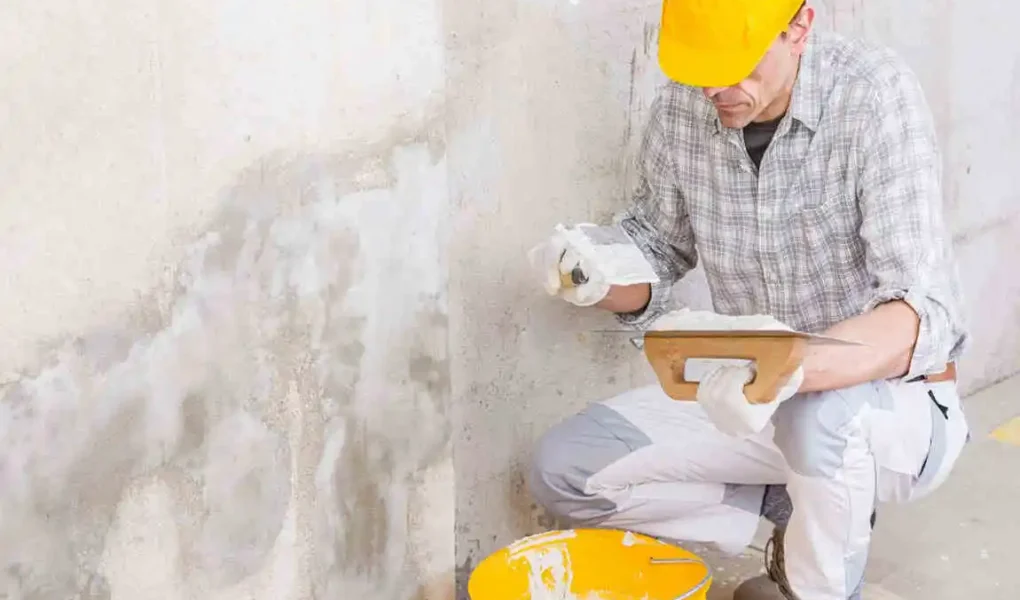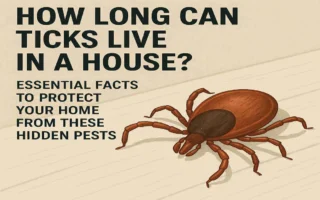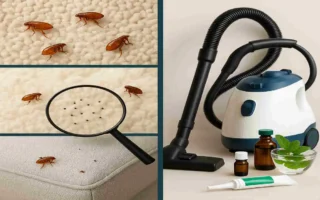Dampness in a home is more than just an annoying nuisance. It can cause serious health problems, damage your property’s structure, and even lead to the growth of harmful mold. If you’ve ever noticed a musty smell, peeling wallpaper, or unexplained allergic reactions, damp may be the culprit lurking unseen in your walls or ceilings.
Understanding Dampness in Homes
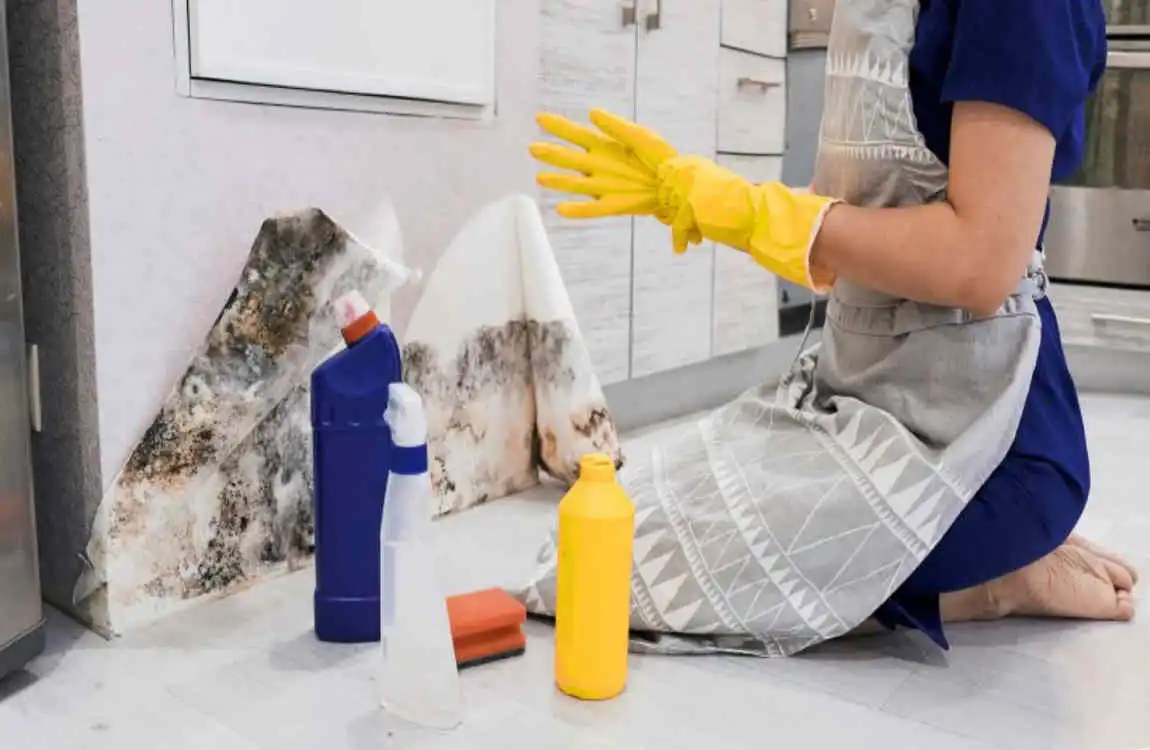
Before diving into solutions, it helps to understand what damp really means and the different forms it can take.
What Is Damp?
Damp refers to unwanted moisture inside your home’s structure or atmosphere. It’s often confused with condensation (water vapor turning into liquid on cold surfaces) or mold (fungus that grows in moist conditions). Still, these are related issues that stem from excess moisture.
Types of Damp
- Rising Damp: Moisture from the ground travels up through porous materials like bricks or plaster. This usually affects walls at the base.
- Penetrating Damp: Water seeps through walls due to leaks or cracks, often after heavy rain or poor external waterproofing.
- Condensation Damp: Happens when humid air inside the house meets cold surfaces, causing water droplets to form. Common in bathrooms, kitchens, and poorly ventilated rooms.
Common Causes of Dampness
Dampness can result from many factors, such as:
- Poor ventilation traps moisture indoors.
- Leaking gutters, pipes, or roofs
- Faulty damp-proof courses (DPC) or membranes
- High humidity from cooking, drying clothes inside, or showers
- Structural problems like cracks or damaged brickwork
Signs and Symptoms to Look For
Knowing what to spot early can save you headaches later:
- Visual clues: Peeling or bubbling paint, water stains, dark patches on walls or ceilings
- Smell: Musty or earthy odors are classic red flags
- Health indicators: Persistent coughing, sneezing, asthma flare-ups, or allergic reactions in family members
By recognizing these signs, you’re already taking the first step toward a healthier, drier home.
Why It’s Crucial to Address Damp Early
You might wonder, “Is damp really that serious?” The answer is a resounding yes — and here’s why.
Health Impacts
Damp environments promote the growth of mold, mildew, and dust mites, which can trigger respiratory problems such as asthma, allergies, and bronchitis. Some molds release spores that are toxic or irritating to the lungs, leading to chronic health issues.
Structural Damage Risks
Moisture weakens wood, causing it to rot and warp. It degrades plaster and paint, damages insulation, and can even compromise the integrity of brickwork and foundations. Over time, this leads to costly repairs and possibly unsafe living conditions.
Financial Impact
It’s always cheaper to prevent damp than to fix it. Repairs for severe damp can run into thousands of dollars, especially if structural work or mold remediation is needed. Ignoring the problem can also reduce your property’s value and make it harder to sell.
Comfort and Property Value
Damp homes feel cold, clammy, and unpleasant. No one wants to live in a place that smells musty or has visible mold patches. Plus, a damp-free cleaning home retains its value better and attracts more buyers or tenants.
Effective Methods to Get Rid of Damp in the House
Let’s get practical. Here’s how you can tackle damp step by step, with clear methods you can apply yourself or with professional help.
Identify the Source of Damp
Before fixing damp, you must know where it’s coming from.
- DIY Inspection: Look for leaks, cracks, and signs of moisture on walls, ceilings, floors, and around windows. Check the roof, gutters, and plumbing for drips.
- Professional Damp Survey: Experts use tools such as moisture meters and thermal imaging to detect hidden damp spots and diagnose the exact cause.
Knowing the source helps you choose the right solution — whether it’s ventilation, repairs, or damp-proofing.
Improve Ventilation
Moisture often builds up in poorly ventilated spaces. Improving airflow is one of the easiest and most effective ways to reduce damp.
- Extractor Fans: Install in high-moisture rooms like kitchens and bathrooms to quickly remove humid air.
- Dehumidifiers: These devices pull excess moisture from the air, especially helpful in basements or rooms without natural airflow.
- Air Bricks and Trickle Vents: These allow fresh air into the home without letting in cold drafts. They are simple yet powerful tools for controlling humidity.
Control Moisture Entry
Stop water from entering your home in the first place.
- Fix Leaks: Repair dripping pipes, gutters, and roofs promptly.
- Waterproof External Walls: Use water-repellent paints or sealants on brickwork and masonry.
- Ensure Proper Drainage: Check your garden or yard’s slopes to ensure water drains away from your home’s foundations, preventing seepage.
Use Damp Proofing Methods and Treatments
For persistent damp, physical barriers and treatments are most effective.
- Damp Proof Course (DPC): A barrier installed in walls near ground level to stop rising damp.
- Damp Proof Membranes: Used under floors or in basements to block moisture.
- Chemical Damp Proofing: Involves injecting special solutions into walls to create a moisture barrier.
- Tanking Walls: Applying waterproof coatings or membranes to basement or cellar walls to prevent water ingress.
Manage Internal Moisture
Your daily habits and home clean environment matter a lot.
- Reduce Indoor Humidity: Avoid drying clothes indoors, cover pots when cooking, and keep lids on fish tanks.
- Use Heating and Insulation: Warm rooms prevent condensation. Proper insulation keeps surfaces warmer and reduces moisture buildup.
- Choose Moisture-Resistant Materials: Use paints and wallpapers designed to resist mold and moisture in damp-prone areas.
Mold Removal and Prevention
Mold is a common consequence of damp, but it can be safely addressed.
- Removing Mold: Use mild detergents or commercial mold removers. Wear gloves and masks to avoid inhaling spores.
- Preventive Treatments: Apply antifungal coatings or mold-resistant paints to vulnerable surfaces.
- Protect Fragile Surfaces: Seal porous materials like wood or plaster to stop mold from taking hold.
Preventive Tips to Keep Your Home Damp-Free
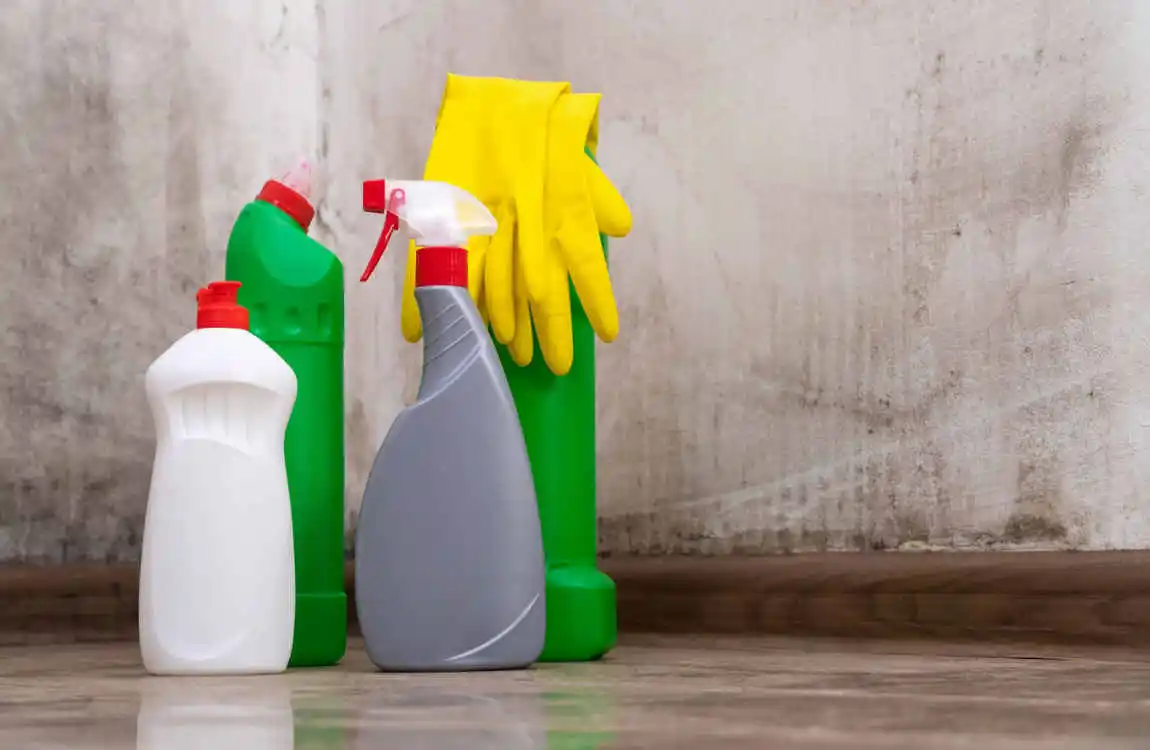
Prevention is always better than a cure. Regular care can keep your home dry year-round.
Regular Home Maintenance Checklist
Item What to Check Frequency
Roof and Gutters Look for leaks, blockages every 6 months
External Walls Check for cracks, peeling paint Annually
Plumbing Inspect pipes, taps for leaks Quarterly
Ventilation : Ensure vents and fans work properly Monthly
Seasonal Tips
- Winter: Use consistent heating to avoid cold surfaces causing condensation.
- Summer: Open windows regularly to air out rooms and reduce indoor humidity.
Lifestyle Habits
- Dry clothes outside or in a well-ventilated space.
- Use lids on pots when cooking.
- Avoid overcrowding rooms with furniture that blocks airflow.
Smart Home Technology in 2025
Modern homes can benefit from moisture sensors and intelligent ventilation systems that alert you to rising humidity levels early on, helping you act before damp becomes a problem.
Professional Help and When to Call Experts
Some damp problems need expert eyes.
- When to Call: If you notice severe mold, structural damage, or if DIY fixes don’t work.
- What to Expect: Professionals will diagnose the cause, recommend treatments, and may offer guarantees.
- Costs: While professional damp proofing can be an investment, it often saves money over time by preventing major repairs.

